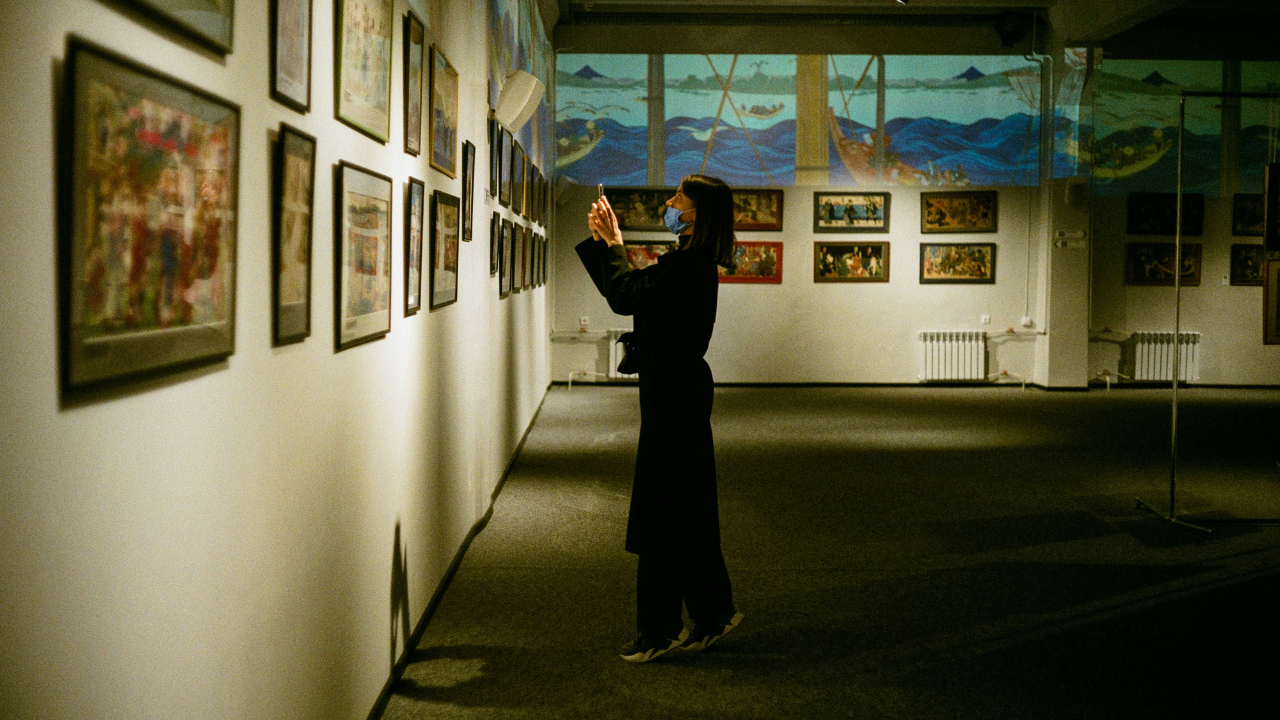Introduction to Ancient Art
Art has always been a reflection of human experience, capturing emotions, stories, and cultures across the ages. Among the most intriguing forms of expression is ancient artz, where creativity meets history in captivating ways. From magnificent sculptures that convey power to intricate pottery adorned with symbols of daily life, this world beckons us to explore its depths.
Stepping into the realm of ancient artz means embarking on a journey through time. It allows us to connect with civilizations long gone while appreciating their artistic innovations. The beauty found within these creations speaks not only to our aesthetic senses but also unveils lessons about humanity’s past. Join us as we delve deeper into this fascinating subject and uncover what makes ancient artz so compelling today!
The History and Evolution of Ancient Art
The history of ancient art is a captivating journey through time. It reflects the beliefs, cultures, and stories of societies long gone.
Emerging around 30,000 BCE, early forms took shape in cave paintings. These works depicted animals and human figures, often infused with ritualistic purpose.
As civilizations flourished—like the Egyptians and Mesopotamians—art became more sophisticated. Monumental sculptures and intricate carvings adorned temples and palaces.
The Greeks introduced realism and proportion to sculpture, influencing generations after them. Their pottery showcased everyday life alongside mythological themes.
Meanwhile, Asian cultures developed unique styles that emphasized spirituality over realism. Art served as a medium for expressing deeper philosophical concepts.
With each epoch came innovation in techniques and materials too. This evolution laid the groundwork for countless artistic movements that followed throughout history.
Different Types of Ancient Art: Sculptures, Paintings, and Pottery
Ancient artz encompasses a diverse array of forms, each telling its own story. Sculptures stand out as some of the most enduring examples. Created from stone, wood, or metal, they often depict gods, leaders, and everyday life.
Paintings bring color to ancient civilizations. From cave walls adorned with hunting scenes to intricate frescoes in grand palaces, these artworks capture the essence of their time. The use of natural pigments allowed for vibrant imagery that has fascinated historians and artists alike.
Pottery represents functional beauty in ancient cultures. Not only did it serve practical purposes like storage and cooking, but artisans also decorated vessels with intricate designs and motifs reflecting their beliefs and daily lives.
These three categories form a rich tapestry that reveals the creativity and skill of past societies while offering insight into their values and experiences.
The Significance of Ancient Art in Modern Society
Ancient art holds a mirror to our past, offering invaluable insights into the cultures and beliefs that shaped human civilization. Its significance transcends time, allowing us to connect with those who lived thousands of years ago.
In modern society, ancient art serves as a source of inspiration for contemporary artists. Many draw from its techniques and themes, weaving them into today’s artistic expressions. This ongoing dialogue enriches our cultural landscape.
Moreover, ancient art fosters a sense of identity and continuity in an increasingly globalized world. It reminds us of our roots and shared heritage while encouraging appreciation for diversity across civilizations.
Educationally, these artworks are essential tools in history classes worldwide. They bring lessons alive by engaging students visually and emotionally, making learning more impactful than textbooks alone can achieve. The stories behind each piece continue to resonate today, bridging gaps between epochs and experiences.
Famous Examples of Ancient Art Around the World
Across the globe, ancient artz tell captivating stories of civilizations long past. The iconic Parthenon in Greece showcases exquisite marble sculptures that reflect both beauty and mythology.
In Egypt, the enigmatic Sphinx stands as a testament to architectural genius. Its massive limestone visage continues to intrigue historians and tourists alike.
The intricate frescoes of Pompeii provide a vivid glimpse into daily life in Roman times. Their colors have remarkably survived the test of time.
Meanwhile, the Terracotta Army in China reveals an entire legion crafted for Emperor Qin Shi Huang’s afterlife. Each soldier is unique, showcasing incredible artistry and attention to detail.
Mesoamerican cultures gifted us with stunning pottery adorned with complex designs. These pieces are not just functional but also serve as historical artifacts that enrich our understanding of their societies.
Every corner of the world holds examples of ancient artz waiting to be explored and appreciated for their cultural significance.
Techniques and Materials Used in Creating Ancient Art
Ancient artists were incredibly resourceful, using the materials available to them in their environments. They crafted stunning sculptures from stone like marble and limestone, each piece requiring immense skill and labor.
For paintings, natural pigments derived from minerals and plants were common. These colors often faded over time but carried vibrant stories of cultures long past.
Potters utilized clay for functional and decorative pieces. Techniques such as wheel-throwing emerged in some regions, enabling intricate designs that showcased both utility and artistry.
Tools varied widely; chisels for carving stone or brushes made from animal hair for painting reflected an artist’s intent.
These techniques reveal not just creativity but also a deep connection between ancient peoples and their surroundings. Each piece stands as a testament to human expression across centuries, embodying traditions that resonate even today.
Preservation and Restoration of Ancient Art
The preservation and restoration of ancient artz is a delicate dance between history and modern science. Experts employ various techniques to stabilize deteriorating materials, ensuring that these treasures survive for future generations.
Often, the first step involves careful documentation. Every crack or discoloration is recorded meticulously. This record helps conservators understand the artwork’s condition over time.
Cleaning methods vary widely; some use gentle brushes while others may utilize advanced technologies like laser cleaning. Each approach requires a deep understanding of the original medium.
Restoration can stir debate among purists and enthusiasts alike. Some believe in maintaining authenticity at all costs, while others see value in restoring pieces to their former glory.
Every decision made during this process seeks to honor the artistry behind ancient artz while safeguarding its legacy for years to come.
How to Appreciate and Collect Ancient Art
Appreciating ancient artz begins with understanding its context. Dive into the history behind each piece. Research its origins, cultural significance, and the stories woven into every brushstroke or chisel mark.
Start small when collecting. Visit local galleries or museum exhibitions featuring ancient artz to absorb different styles and techniques. This exposure helps refine your taste.
When you find a piece that resonates with you, ask questions about its provenance and authenticity. Knowing where it came from adds value to your collection.
Consider joining online forums or collector groups dedicated to ancient artz enthusiasts. Engaging in discussions can enhance your knowledge and inspire new appreciation for various forms of artistry.
Display your collection thoughtfully. Each item should tell a story within the larger narrative of human creativity across time, making it not just decor but a reflection of shared heritage.
Conclusion
Ancient artz captivates us by bridging the past and present. It reflects human creativity, beliefs, and social structures from centuries ago. Each piece tells a story that resonates with our current world.
As we explore ancient artz, we uncover layers of meaning and significance that enrich our understanding of history and culture. The preservation efforts ensure these treasures remain accessible for future generations, allowing them to appreciate the craftsmanship and techniques used long ago.
Whether you are an avid collector or simply someone who admires beauty in all its forms, engaging with ancient artz offers a unique perspective on humanity’s journey through time. Embracing this fascinating realm ignites curiosity about where we come from while inspiring new ways to view our modern landscape.











